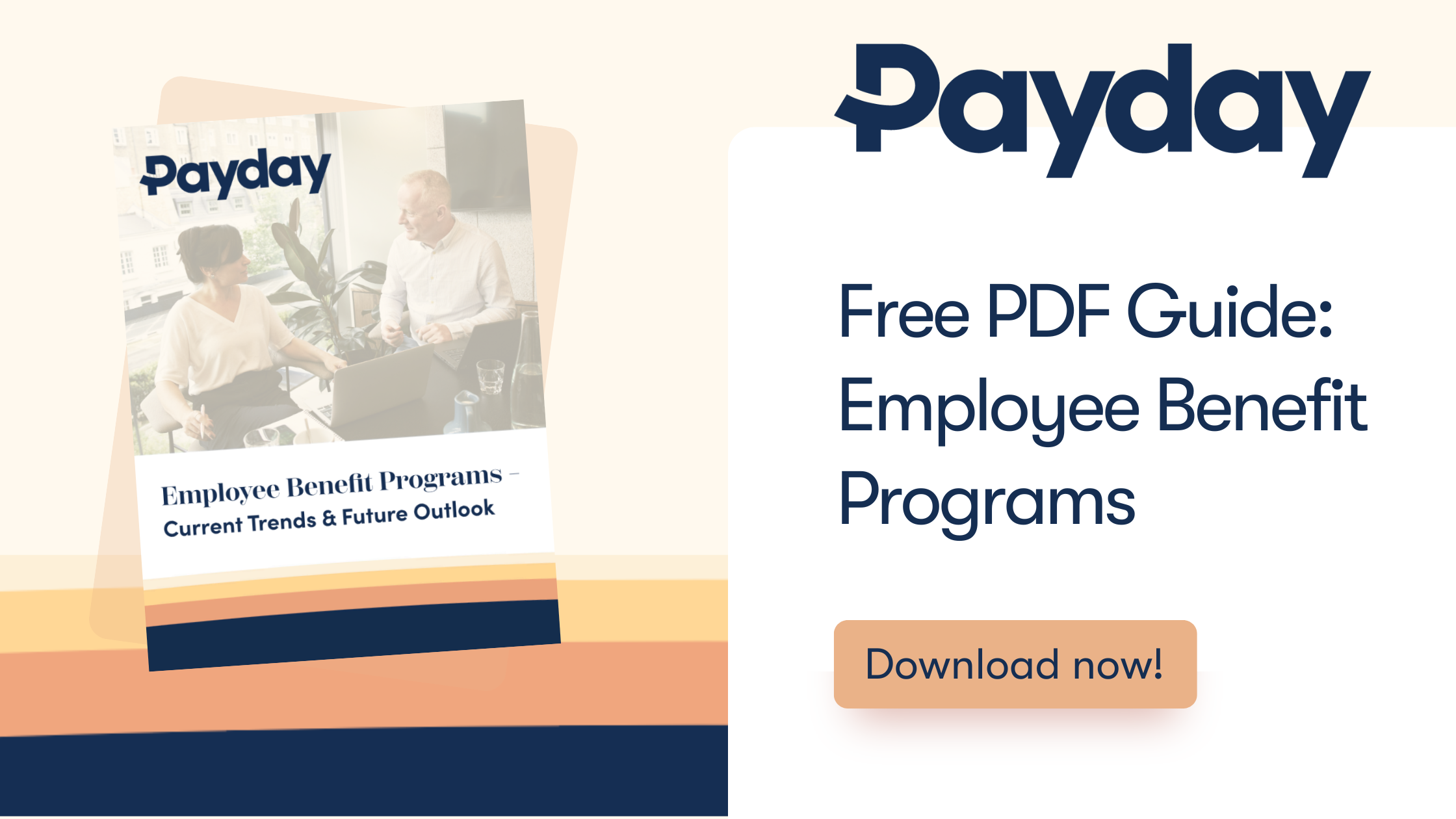There is a popular misconception that the traditional 401(k) plan is the only game in town. In reality, there are a number of choices based on the size of your company, your budget, and the needs of your employees. Don't feel you're competing for the best employees with companies that can offer retirement plans while you can't. By considering these options, you can compete on a level playing field.
IRA-based Plans
The Payroll Deduction IRA. These plans are easy to set up and maintain, according to the DOL, and you need only one employee in order to set it up. Employers arrange for their employees to make payroll deduction contributions, and they transmit them to an IRA. The employer faces no annual filing requirements.
Simplified Employee Pension (SEP) Plan. This is also easy to set up and maintain, and employers need just one employee in order to put it into effect. Employers can use IRS Form 5305-SEP to set up the plan, and there are no annual filing requirements. The costs of running one are minimal.
Simple IRA Plan. This is a salary reduction plan that involves minimal paperwork. Any employer with 100 or fewer employees can use one of these if it does not currently maintain another retirement plan, says the DOL. Employers may use IRS Forms 5304-SIMPLE or 5305-SIMPLE to set up the plan. Employers face no annual filing requirements, and the "bank or financial institution handles most of the paperwork," says the DOL.
Defined Contribution Plans
These types of plans are allowed for any company with one or more employees, and typically require the filing of Form 5500.
Profit-sharing. Employers can use these plans to make large contributions to employees. There is no standard model, so employers might want to get advice from a qualified advisor.
Safe Harbor 401(k). These plans allow a high level of salary deferrals without the annual nondiscrimination testing other plans require. The catch is that employers must meet certain minimum contributions. Companies should speak with a qualified adviser to set one up. Notes the DOL, "This plan is ideal for businesses with highly compensated employees whose contributions would be limited in a traditional 401(k) plan."
Automatic Enrollment 401(k). This is a twist on the standard 401(k) plan: It automatically enrolls each employee in the plan unless an employee fills out a form to opt out. This tends to greatly increase participation. The DOL says it makes it easy for employers to withhold employee contributions and select the investments. "This type of plan is for employers who want a high level of participation, and who have highly compensated employees whose contributions might be limited under a traditional 401(k) plan," it says.
Of course, there are a lot of details about which kinds of companies are eligible for which kinds of plans, so be sure to consult with a professional. We're here to help.


